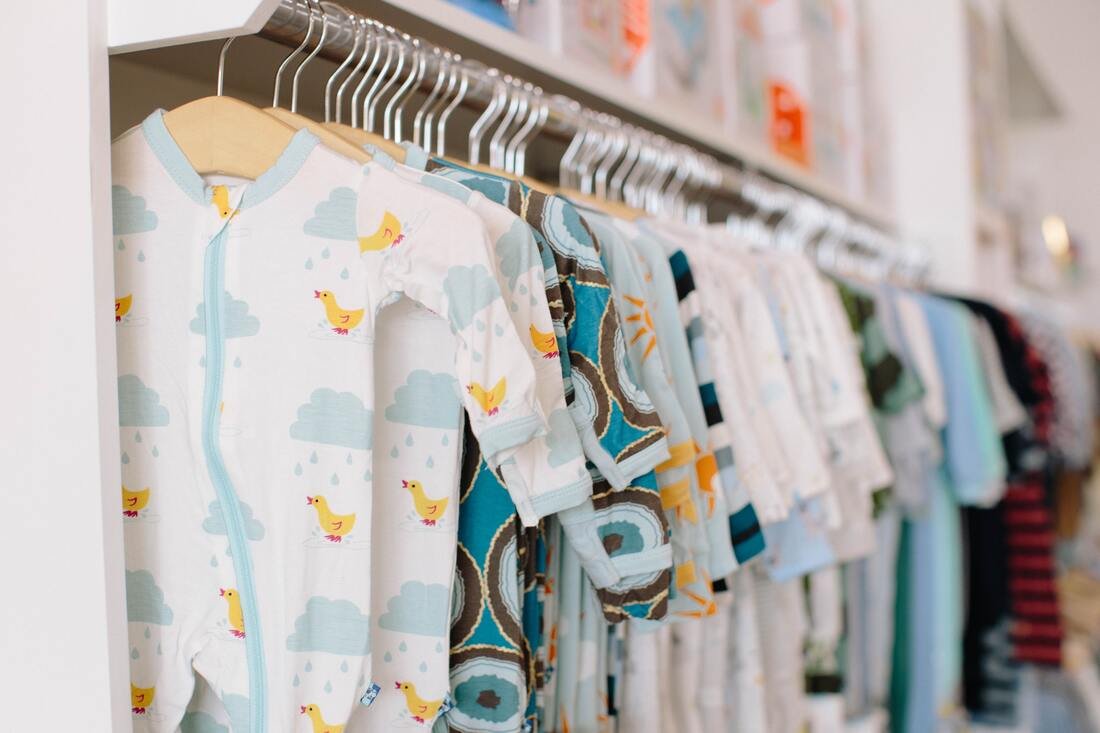Bringing a new baby into the world is an exciting and joyous experience, but it also comes with its own set of obligations, like cleaning baby clothing. As a parent or caregiver, you want to make sure that your child is dressed in clean, cosy clothing while also taking precautions to safeguard their delicate skin. We'll provide some advice and suggestions on how to wash baby garments correctly in this blog.
- Separate Clothes by Color and Fabric
Before you start washing your babywear wholesale, sort them out by colour and fabric. Separate the whites from the coloured clothing and avoid washing items manufactured from different textiles together. Certain fabrics may bleed or shrink when washed, therefore it's vital to read the care label for instructions on how to wash clothes. For instance, whereas wool or silk articles require particular care, clothing made of cotton, linen, and muslin may be washed together.
- Use a Gentle Detergent
It's preferable to use a gentle detergent that is devoid of colours and smells when washing baby items. Seek for detergents with "hypoallergenic" or "baby-safe," labels since they are less likely to irritate skin. Follow the directions on the detergent package carefully since using too much detergent might irritate your skin and leave residue on your clothes.
- Separately wash your clothes.
To prevent the spread of bacteria or germs, it is preferable to wash your baby's clothes in a different load from your own. Your baby's clothing can be kept apart in a different washing basket or bag. Do an additional rinse cycle in the washing machine if you're using one to make sure all the detergent is gone from the items.
- Use the Proper Temperature to Wash
To eliminate any bacteria or germs, wash baby garments in hot or warm water. The suggested temperature should always be found on the care label, though, as some clothing may shrink or lose quality if washed in hot water. Washing infant garments in water that is no hotter than 60 degrees Celsius is often recommended.
- Avoid using dryer sheets and fabric softener.
While washing infant items, stay away from fabric softeners and dryer sheets. These items may include residue from these products that can irritate your baby's skin. White vinegar may be used as a natural alternative as a fabric softener. Add half a cup of white vinegar to the rinse cycle to help soften the garments.
- Clothing should be Air Dried
Baby garments should be air dried if possible, to prevent shrinkage and fabric damage. The clothing can either be laid flat to dry or hung up to dry on a line or drying rack. Avoid putting baby clothing in the sun to dry since the light will fade the colours and harm the fabric.
In conclusion, washing baby clothes may seem like a daunting task, but by following these simple guidelines, you can ensure that your little one's clothes are clean, comfortable, and safe for their sensitive skin. Remember to always read the care labels on the clothes, use a mild detergent, wash clothes separately, and air-dry them to keep them looking and feeling their best.




